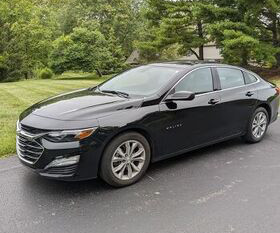Oil sands company Suncor Energy strengthens its focus on hydrogen and renewable fuels, divesting wind and solar
Green Car Congress
APRIL 6, 2022
Suncor also plans to divest its wind and solar assets. In 2002, Suncor partnered with Enbridge to build one of the first renewable. energy projects in Canada and since then, Suncor has developed eight wind power projects in three provinces—Saskatchewan, Alberta and Ontario. —Mark Little, Suncor president and CEO.






















Let's personalize your content